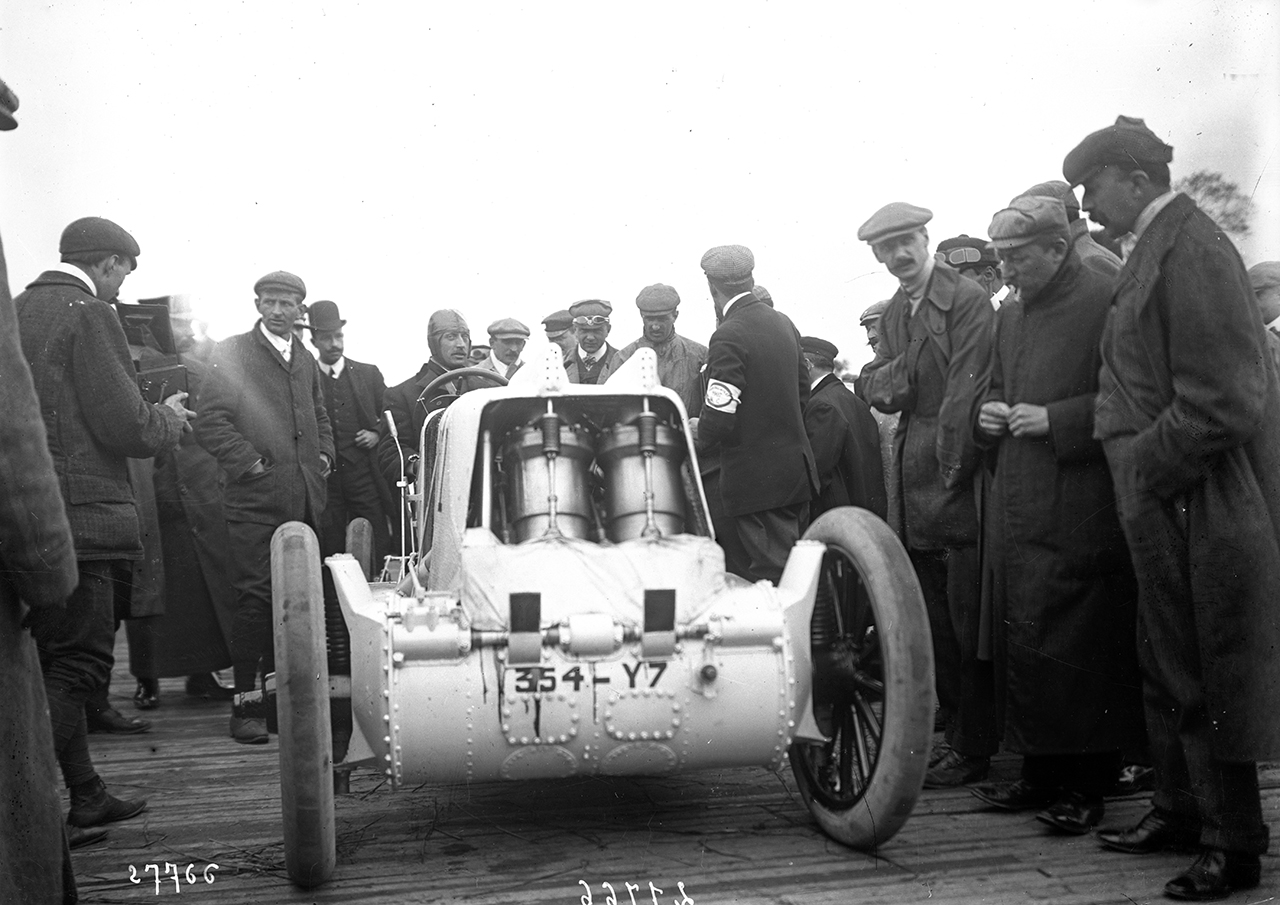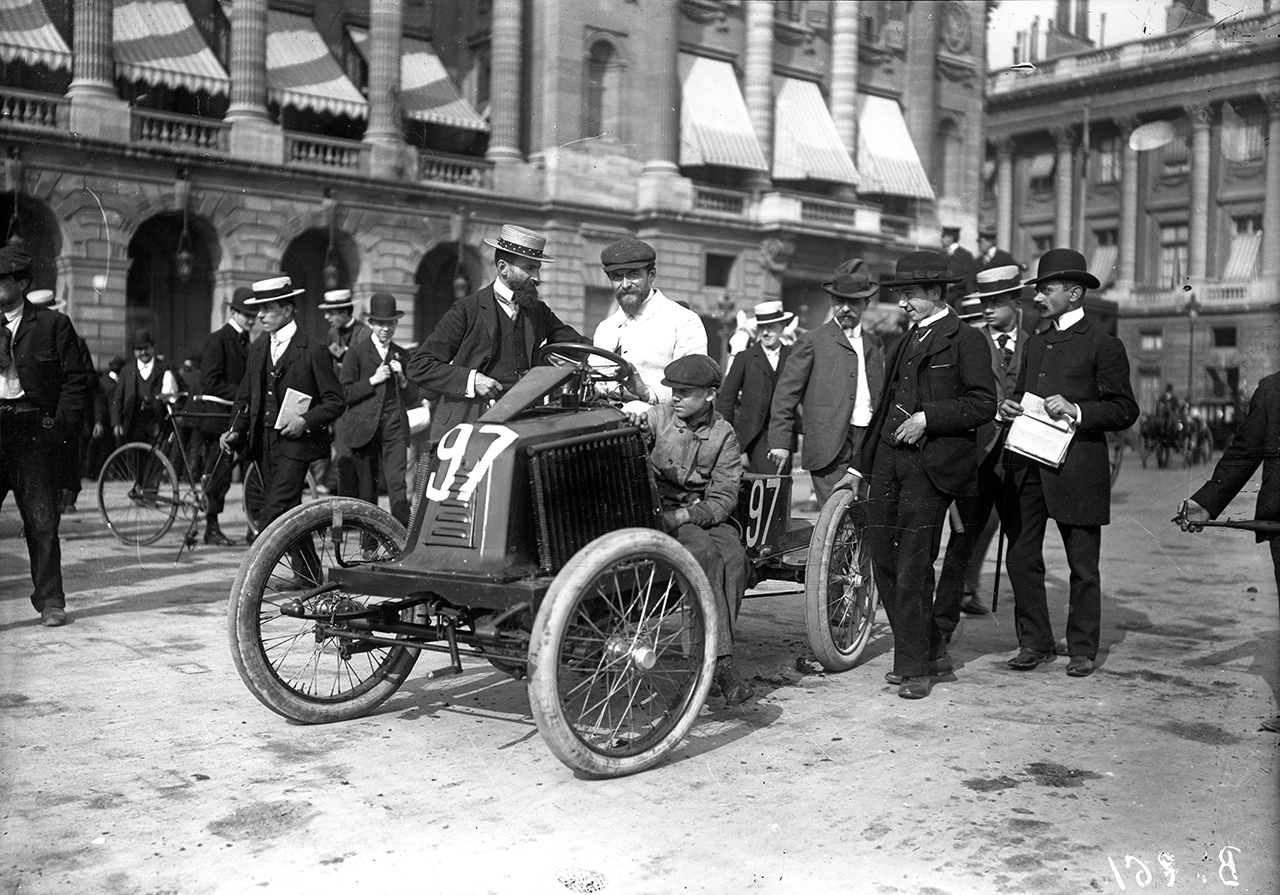









Your Custom Text Here
Maurice-Louis Branger (b.1874 - d.1950)
Born in Fontainebleau, France, in 1874 Branger began to work as a photographer around 1895. In 1905 he created his ‘Photopresse’ photo reportage agency at 5 Rue Cambon, a side road adjacent to the central Tuileries Gardens, in Paris. He was a versatile and almost hyper-active photographer, covering the main events of Paris life, most famously the flood of 1910, but also criminal affairs and trials, cultural and political life and numerous sporting events. He seems to have developed a particular taste for pioneering motor sport events from 1902, and he followed this majestic subject Internationally until 1914. He earned particular prominence for his work from the battlefields in the First World War, and later returned to covering trials and political life in Paris. Having survived a second World War, he died in 1950, in Mantes la Jolie. His motor racing work has been virtually unseen by the general public for 100 years. Our GP Library Collection holds approximately 1000 of his 5 x 4 glass plate images, captured by him during the period 1902-1914 – recording the truly Heroic Age of the dawn of motor racing. These glass plates are the particularly prized foundation of the GP Library. They are of quite extraordinary, haunting, quality and have survived in remarkable condition.
Maurice-Louis Branger (b.1874 - d.1950)
Born in Fontainebleau, France, in 1874 Branger began to work as a photographer around 1895. In 1905 he created his ‘Photopresse’ photo reportage agency at 5 Rue Cambon, a side road adjacent to the central Tuileries Gardens, in Paris. He was a versatile and almost hyper-active photographer, covering the main events of Paris life, most famously the flood of 1910, but also criminal affairs and trials, cultural and political life and numerous sporting events. He seems to have developed a particular taste for pioneering motor sport events from 1902, and he followed this majestic subject Internationally until 1914. He earned particular prominence for his work from the battlefields in the First World War, and later returned to covering trials and political life in Paris. Having survived a second World War, he died in 1950, in Mantes la Jolie. His motor racing work has been virtually unseen by the general public for 100 years. Our GP Library Collection holds approximately 1000 of his 5 x 4 glass plate images, captured by him during the period 1902-1914 – recording the truly Heroic Age of the dawn of motor racing. These glass plates are the particularly prized foundation of the GP Library. They are of quite extraordinary, haunting, quality and have survived in remarkable condition.